Adhesion: What You Need To Know

Adhesion
Adhesion as a word is something all nail techs the world over will know and understand - it refers to the act or ability of something to bond with something else. In our world, it's simply the act of products bonding to other products or, indeed, the natural nail.
However, when it comes to adhesion (good or bad) there area few question marks around what causes adhesion, how do we achieve adhesion and what are the reasons for poor, inconsistent or irregular/short-lived adhesion.
Here, we try to cover as much of this as possible in our latest blog.
Types of Adhesion
Generally speaking, there are two type of adhesion when it comes to builder gels (soft gels) - Chemical & Mechanical.
Chemical adhesion involves the use of a primer before application of builder gel. In most cases (but not all) primers contain HEMA and in those systems, the primer creates the adhesion layer which acts as a kind of doubled-sided sticky tape effect with one side sticking to the natural nail and the otherside facing upwards and exposed, awaiting the next layer.
You may find that systems that include the use of a primer are slightly faster to complete the early steps of application because it is faster to apply primer to 10 fingers than it is to create a scrubbing layer on them - however, there are also drawbacks to using primer.
This can include the fact that primer can be very temperature and time sensitive meaning some primers have a fairly small window where they are at their optimal levels of adhesiveness and then they begin to degrade so you need to know your specific primer well and work within its time limitations.
Mechanical adhesion happens when the nail technician creates a thin scrubbing layer on top of the natural nail following light etching of the nail surface. This scrubbing layer needs to be extremely thin is mechanically embedded into the keratin of the nail by the motion of you scrubbing the gel onto the surface. This layer is cured and essentially bonds with the nail and provides the optimal adhesion for your following layers to sit on top.
The benefits of mechanical adhesion are that you have less products to purchase which is obviously a money-saver and, unlike chemical bonding, is not time or temperature sensitive so you can work at a speed that is comfortable for you and not dictated by the product you're using.
It is always important to follow the advice provided by the gel system you use to gain the best results. NU:gel is a mechanical adhesion system and you can learn EXACTLY how to apply perfectly in our FREE TO ALL course - JUST CLICK HERE
Most Common Mistakes
The quality of your adhesion and indeed the retention of the product will vary from brand to brand and system to system, some systems naturally adhere better and last longer than others and this is largely down to both the chemical composition of the product and equally the balance - you could easily find two systems with the same chemical components in their product but it is highly likely that the ratios of those chemicals will vary, making them perform differently.
HOWEVER...
The system you use and the chemicals within are not the only contributors to good, bad or indifferent adhesion & retention - far from it.
Firstly, and most importantly, preparation plays an enormous role in all cases. Bad or incomplete prep will always negatively impact your products adhesion and retention and is the main cause of lifting in salons worldwide!
You can avoid this happening by always doing the following:
- Remove any and all non-living tissue from the surface of the nail including dust & debris and remove any dead skin from the cuticle that could hamper your application
- Remove the shine from the natural nail without over-filing the nail. Preserving the strength of the natural nail is highly important
- Dehydrate the nail using a prep solution before product application
When removing the shine, never use a file or sanding band stronger then 180grit as this would be too abrasive and remove too many layers of the natural nail. This would make the nail too thin and flexible in the long run and become weaker - which naturally lessens retention.
Also, when dehydrating the nail we do not recommend using acetone or pure isopropyl alcohol. This is because they will dehydrate the nail too much which, in the longer term, can cause splitting, dryness and brittleness of the nail. Dehydrators / Prep solutions are specifically designed for this step with a balance of chemical components that will dehydrate the nail without over-exposing it and in turn, contribute to greater adhesion.
While every system is slightly different, the above 'rules of thumb' are consistent and applying to the majority of systems we find on the market today. However, if you're unsure, ALWAYS reach out to the brand you use who will no doubt be more than willing to help out and explain things for you.
If you want in-depth knowledge of how to expertly prepare the nail & cuticle area as well as perfecting your application - we have a 100% online accredited course thats just for your. CLICK HERE to read up on our Prep & Build course







Leave a comment